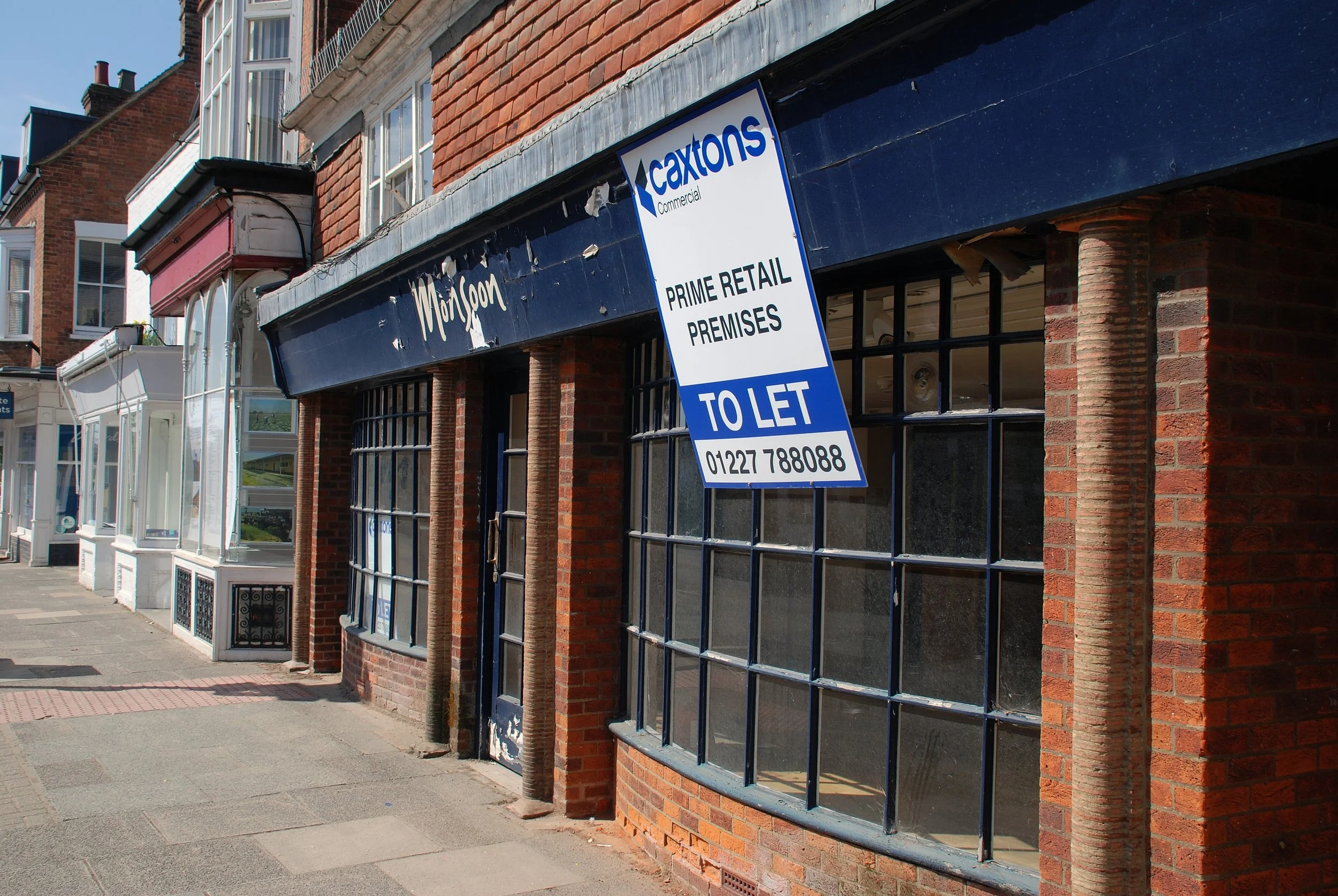
Industry News

Understanding Why Your Building’s Leaky Roof Claim Might Be Denied
Author, Jack Marrs, Associate Account Executive, Rancho Mesa Insurance Services, Inc.
Leaky roofs can be a major headache for commercial property owners, often leading to significant damage and costly repairs. Understanding how insurance policies respond to these situations is crucial in navigating the claims process.
Author, Jack Marrs, Associate Account Executive, Rancho Mesa Insurance Services, Inc.
Leaky roofs can be a major headache for commercial property owners, often leading to significant damage and costly repairs. Understanding how insurance policies respond to these situations is crucial in navigating the claims process.
When is a Leaky Roof Covered?
Insurance policies typically cover leaky roofs under certain conditions. The key factor is whether the leak resulted from an unexpected and accidental event, such as a storm causing direct damage to the roof. For instance, if a storm creates a hole or crack in your roof, allowing water to penetrate and cause damage, your insurance policy will likely cover the repairs.
When is a Leaky Roof Not Covered?
On the other hand, if the leak is due to a lack of maintenance or general wear and tear over time, the insurance carrier will typically deny the claim. Routine maintenance and upkeep are the property owner's responsibility, and insurance policies are not designed to cover damages resulting from negligence or normal wear and tear. Also, the age of the roof can determine if the claim will not be covered.
According to the Raizner Slania lawfirm, “In most cases, roof damage on a roof that is 20 years old or older, which accounts for the lifespan of most shingle roofs, will not be covered. A roof on a commercial property can also be deemed too old if one of the lower layers is 20 years old and a new layer was simply added to it rather than the whole roof being replaced.”
Ensuring That Your Claim is Covered
To ensure that your insurance claim for a leaky roof is covered, it is important to document the cause of the damage. If a storm has caused the damage, take photos of the roof and any other affected areas. These photos can serve as evidence when you file your claim. Additionally, maintaining your roof regularly and addressing minor issues before they worsen can help you avoid the claim being denied. Keep records of any maintenance work and inspections conducted on your roof as these documents will be helpful if you need to prove that the damage was not due to lack of upkeep/maintenance.
Remember, if a storm directly causes the damage that leads to a leak, your insurance policy will likely cover the repairs. However, if the leak is due to poor maintenance or normal wear and tear, your insurance policy will most likely deny the claim. By staying up to date with roof maintenance and documenting any storm related damage, you can feel confident your claim will be covered.
To discuss your organization’s potential exposure to property claims, contact me at (619) 486-6569 or jmarrs@ranchomesa.com.
Governor Signs PAGA Reform
Author, Jeremy Hoolihan, Account Executive, Rancho Mesa Insurance Services, Inc.
On July 1st, California Governor Gavin Newsom signed legislation to reform the Private Attorney’s General Act (PAGA). The legislation was enacted to help ensure workers retain a strong tool to resolve labor claims and receive fair compensation, while reducing shakedown lawsuits that hurt employers and employees.
Author, Jeremy Hoolihan, Account Executive, Rancho Mesa Insurance Services, Inc.
On July 1st, California Governor Gavin Newsom signed legislation to reform the Private Attorney’s General Act (PAGA). The legislation was enacted to help ensure workers retain a strong tool to resolve labor claims and receive fair compensation, while reducing shakedown lawsuits that hurt employers and employees.
The legislation signed was Assembly Bill 2288 (AB 2288) and Senate Bill 92 (SB 92). Newsom was quoted as saying, “This reform was decades in the making and it’s a big win for both workers and businesses. It streamlines the current system, improves worker protections, and makes it easier for businesses to operate.”
The key elements of the PAGA reform include:
Reform of Penalty Structure
Increases the amount of allocated penalty money that goes to employees from 25% to 35%.
It caps the penalty for employers who quickly take steps to fix policies and practices, and make workers whole, after receiving a PAGA notice. It also reduces the penalty for employers that act responsibly to take steps proactively to comply with the labor code before receiving a PAGA notice.
Creates a new penalty ($200 per pay period) if an employer acted maliciously, fraudulently, or oppressively.
Reduces the maximum penalty where the alleged violation was brief or where it is a wage statement violation that did not cause confusion or economic harm to the employee (i.e. misspelling of company name or forgetting to add “Inc.” on the pay statement).
Penalties for employers who pay weekly are adjusted to meet other employers who pay on a biweekly or monthly basis. Previously, such employers were penalized at twice the amount because the penalties were accrued on a per pay period basis.
Reducing and Streamlining Litigation
Expands which labor code sections can be cured to reduce the need for litigation and make employees whole quickly.
It protects small employers by providing a more robust right to cure process through the state labor department (Labor and Workforce Development Agency) to ultimately reduce claim costs.
For larger employers, it provides an opportunity for early resolution.
Codifies that a court may limit both the scope of claims presented at trial to ensure cases can be managed effectively.
Improving Measures for Injunctive Relief and Standing
It incentivizes or provides injunctive relief to employers to implement changes in the workplace to remedy labor law violations.
It requires employees to personally experience any alleged violation prior to filing a claim.
Strengthening State Enforcement
The administration will pursue a trailer bill to give the California Department of Industrial Relations (DIR) the ability to expedite hiring and filling vacancies to ensure effective and timely enforcement of employee labor claims.
PAGA claims have wreaked havoc on employers for decades. In fact, since 2013, there have been nearly $10 billion in court case awards. Unfortunately, due to significant attorney fees, only a small portion of these awards go to the workers. PAGA claims have impacted every type of business in California, including non-profits, family-run businesses, and even local governments. This PAGA reform should help change the long-term success of workers and businesses moving forward.
While coverage for PAGA violations is limited at best from Employment Practices Liability policies, employers should review their wage and hour policy with their risk advisor and employment law attorney to mitigate the impact of potential fines.
To discuss your company’s potential exposure to PAGA claims , contact me at (619) 937-0174 or jhoolihan@ranchomesa.com.
Protecting Commercial Property Investments through Vacancy Permit Endorsements
Author, Kevin Howard, Account Executive, Rancho Mesa Insurance Services, Inc.
Commercial real estate owners may face significant exposure nationally due to vacancy clauses and policy exclusions. The vacancy permit endorsement can potentially fill a major coverage gap within commercial property policies for landlords.
Author, Kevin Howard, Partner, Rancho Mesa Insurance Services, Inc.
Commercial real estate owners may face significant exposure nationally due to vacancy clauses and policy exclusions. The vacancy permit endorsement can potentially fill a major coverage gap within commercial property policies for landlords.
COVID-19 forever changed the commercial real estate industry by shutting down operations in several asset classes, including retail, office, and industrial. The shutdown created a huge spike in vacancy rates that has certainly come back to nearly normal levels but still presents issues for many landlords. For example, office buildings have seen a continued increase in the national vacancy rate from 12% in 2017 to 16.5% in Q4 of 2023 (www.statista.com).
For property managers and building owners, the risk of an insurance claim within a vacant space has increased, making a focus on coverage paramount. Most insurance policies have specific exclusions that can limit coverage for bodily injury or property damage based on the duration of a building's vacancy or the percentage of the building that is vacant. For example, some exclusions restrict coverage entirely if the building has been vacant for more than 60 days. Another common exclusion requires that at least 31% of the building be rented, leased, or owner-occupied for coverage to respond.
Vacancy Permit Endorsement
For insureds, requesting a vacancy permit endorsement is a smart move that helps eliminate any guesswork regarding coverage gaps. Most carriers will tailor this endorsement to specify the vacancy period, the coverages in place, and the conditions that need to be met by the insured. These conditions typically include maintenance disclosures, inspection reports, and security measures.
There is usually a relatively small premium adjustment for a vacancy permit endorsement, which is well worth the investment compared to the potential cost of an uninsured claim.
The risk associated with vacant properties is more pronounced than ever. Owners and managers must be proactive in securing appropriate coverage to mitigate these risks. The vacancy permit endorsement is a crucial tool in this effort, providing tailored coverage that addresses the specific challenges posed by vacant spaces. By understanding and utilizing this endorsement, property owners can ensure comprehensive protection, safeguarding their investments against unforeseen claims and maintaining peace of mind in an ever-evolving market.



